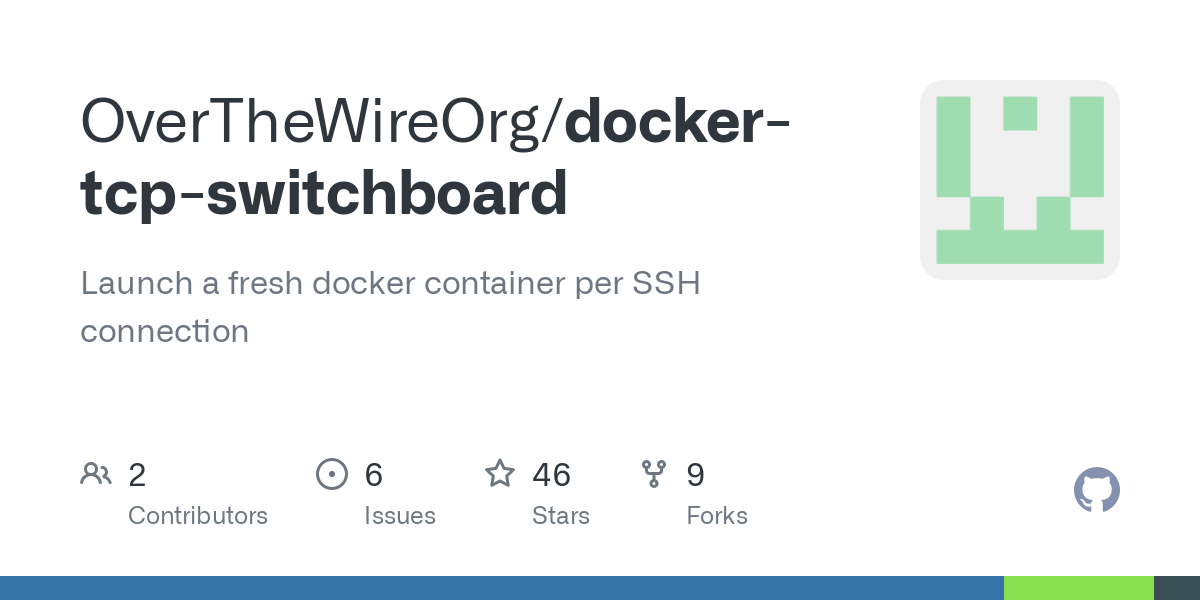

Fun fact: you don’t need to add the nixpkgs channel for the determinate systems installer, even when using channel commands or other things since it adds an option to your nix.conf to reference the nix flake for nixpkgs.
I don’t know how to update this flake though.

















I just use termux + the simple http server built into python